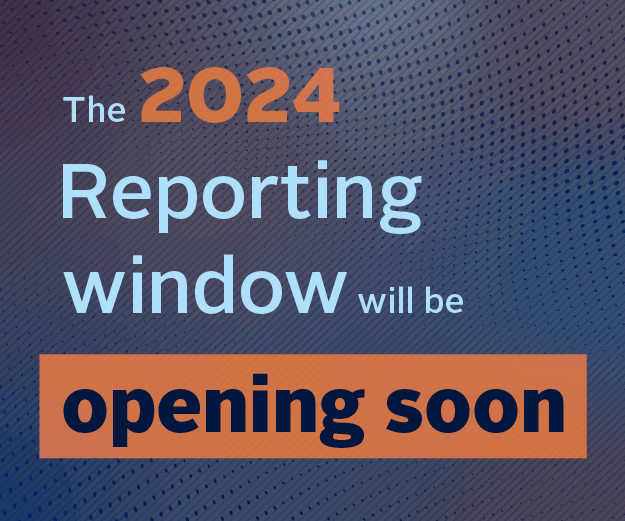HESTA co-invested with a GP in a retail business that sells women’s accessories.
The GP, as part of the investment analysis, undertook an ESG due diligence on the company’s supply chain in China. The GP’s analysis highlighted the long-term, direct relationship between the company and its Chinese suppliers, along with regular visits by the company to the suppliers’ factories and the requirement for the suppliers to fill out a ‘capability statement’ to ensure operations met minimum capabilities and standards.
When reviewing investment opportunities, HESTA uses a proprietary ESG due diligence/monitoring framework to identify the most material issues, depending on the company’s industry. Material risks are analysed and contrasted with mitigants identified in the GP’s due diligence. In this case, most of the supply chain risk mitigants relied on anecdotal information, such as factory visits. HESTA built on the GP’s due diligence and followed up with questions to better understand the accountability measures the company had in place.
While HESTA was sufficiently comfortable with the answers provided by the GP and the company to proceed to investment, they will continue monitoring post-acquisition management of supply chain risks. HESTA has an observer seat in the board of this co-investment, which allows them to gain more nuanced insights of the company’s approach to ESG issues.
When investing with a GP, HESTA’s role in assessing ESG risks and opportunities is to oversee, and ensure they are comfortable with, the GP’s ESG assessment of the deal. Key elements it looks for are:
- ensuring due diligence covers a broad and relevant range of ESG risks and opportunities when assessing materiality and avoiding narrow approaches (i.e. limited to OH&S issues);
- ensuring that the most material risks have been addressed, and where relevant, included in valuation, decision making and the post-acquisition asset management;
- verifying that risk mitigants are established, ideally as robust documented policies and processes in portfolio companies, including compliance reporting.
When an ESG risk is not material enough to prevent investment, but could impact the company in the future, HESTA reviews the GP’s plan for monitoring and addressing the risk post-acquisition.
Download the full report
-

Managing ESG risk in the supply chains of private companies and assets
November 2017
Managing ESG risk in the supply chains of private companies and assets
- 1
- 2
- 3
- 4
- 5
- 6
- 7
Currently reading
Case study: analysing material risks in the supply chain
- 8


















